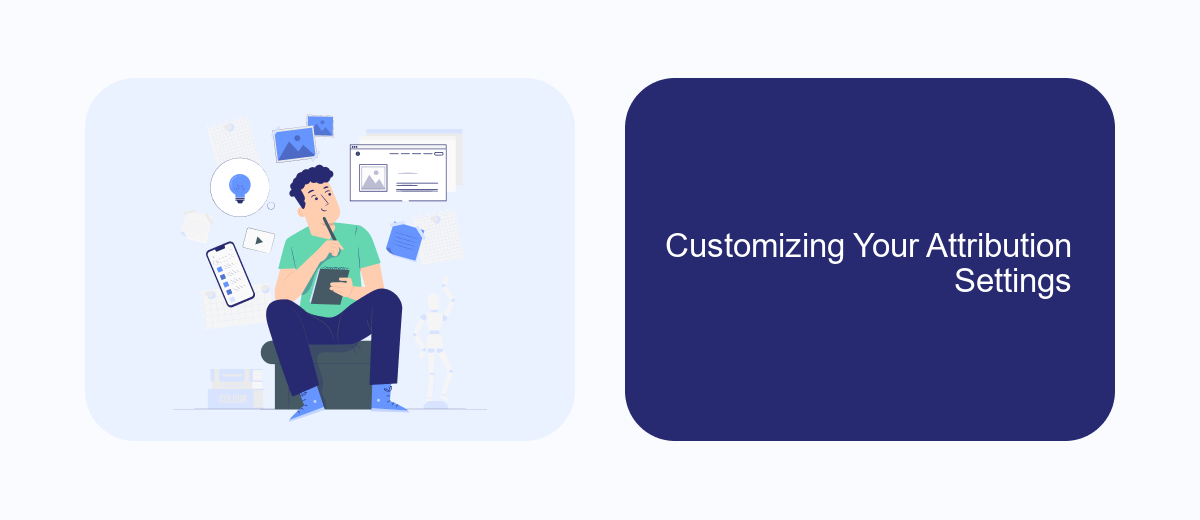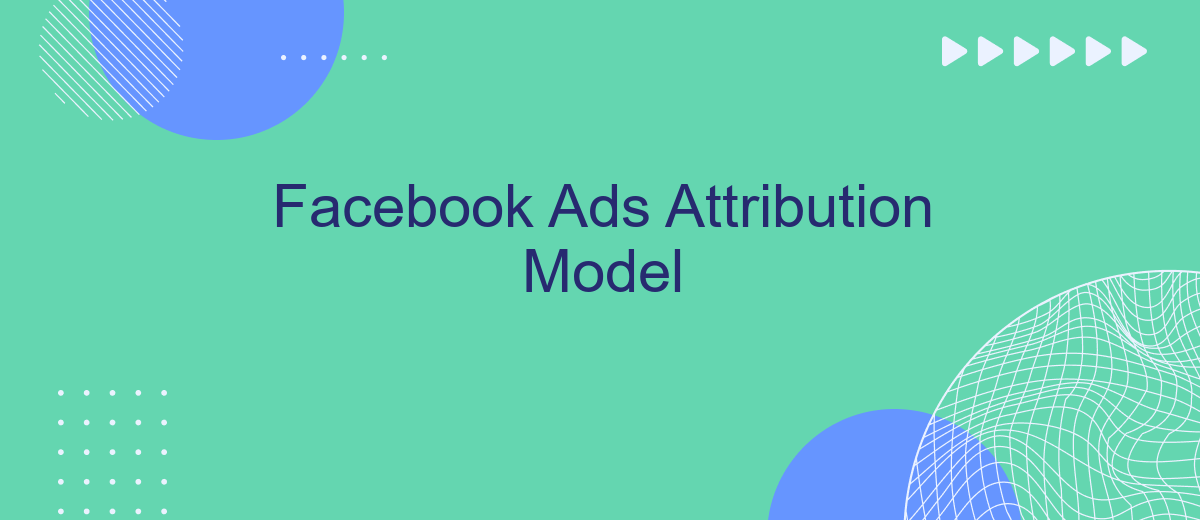In the ever-evolving landscape of digital marketing, understanding how your advertising efforts translate into customer actions is crucial. The Facebook Ads Attribution Model serves as a pivotal tool in this process, offering insights into the customer journey and helping marketers allocate their budgets more effectively. This article delves into the intricacies of Facebook Ads Attribution, exploring its mechanisms and benefits for optimizing ad strategies.
Understanding Facebook Ads Attribution Models
Understanding Facebook Ads Attribution Models is crucial for optimizing your advertising strategy. Attribution models help advertisers determine how credit for conversions is assigned to different touchpoints in a customer's journey. Facebook offers several attribution models that provide insights into how ads influence consumer actions.
- Last Click Attribution: This model gives all the credit for a conversion to the last ad clicked by the user.
- First Click Attribution: Here, the first ad clicked by the user gets all the credit for the conversion.
- Linear Attribution: This model distributes the credit equally across all interactions the user had with ads before converting.
- Time Decay Attribution: Credit is distributed to all touchpoints, but more recent interactions receive more credit.
- Position-Based Attribution: This model assigns 40% credit to both the first and last interactions and distributes the remaining 20% among the middle interactions.
Choosing the right attribution model is essential for accurately assessing the performance of your ads. Each model offers unique insights, influencing how you allocate your ad budget and optimize campaigns for better results. By understanding these models, advertisers can make informed decisions to enhance their marketing strategies on Facebook.
Exploring Different Facebook Attribution Models

When exploring Facebook Attribution Models, it's essential to understand how each model allocates credit for conversions across various touchpoints in a customer's journey. Facebook offers several attribution models, including Last Click, First Click, Linear, Time Decay, and Position-Based. Each model has its unique way of distributing credit, providing insights into how different interactions contribute to the final conversion. For instance, the Last Click model attributes all credit to the final interaction, while the Linear model evenly distributes credit across all interactions.
Choosing the right attribution model depends on your business goals and marketing strategy. To simplify the integration and management of these models, tools like SaveMyLeads can be invaluable. SaveMyLeads allows businesses to automate the flow of data between Facebook Ads and other platforms, ensuring that attribution data is accurately captured and analyzed. By leveraging such tools, businesses can gain a more comprehensive understanding of their marketing performance and optimize their ad spend effectively.
Choosing the Right Attribution Model for Your Business

Choosing the right attribution model for your business is crucial for accurately assessing the performance of your Facebook Ads campaigns. The attribution model you select can significantly impact how you interpret data and make marketing decisions. To ensure you choose the most suitable model, consider the following steps:
- Identify your business goals: Determine whether your focus is on brand awareness, lead generation, or direct sales.
- Analyze the customer journey: Understand how your audience interacts with your ads and the typical path they take before converting.
- Evaluate available models: Familiarize yourself with the different attribution models, such as last-click, first-click, linear, time decay, and position-based.
- Test and compare: Implement different models and compare the insights they provide to determine which aligns best with your business objectives.
By carefully considering your business goals and analyzing the customer journey, you can select an attribution model that provides the most accurate insights for your Facebook Ads strategy. Regularly reviewing and adjusting your attribution model as your business evolves will help you maintain effective and efficient marketing efforts.
Customizing Your Attribution Settings

Customizing your attribution settings in Facebook Ads is crucial for gaining accurate insights into your campaign performance. By adjusting these settings, you can better understand which ads are driving conversions and how your audience interacts with your content across different touchpoints.
To begin customizing your attribution settings, navigate to your Facebook Ads Manager and select the campaign you wish to analyze. Once inside, you can adjust the attribution window and model to fit your business needs. This flexibility allows you to tailor the data to reflect your unique customer journey.
- Attribution Window: Choose between 1-day, 7-day, or 28-day click and view windows to determine how long after an ad interaction a conversion is credited.
- Attribution Model: Select from options like last-click, first-click, or linear models to assign credit to different touchpoints in the conversion path.
By customizing these settings, you can optimize your ad strategy and allocate your budget more effectively. Regularly reviewing and adjusting your attribution settings ensures that your marketing efforts are aligned with your business goals and provide the most accurate data for decision-making.
- Automate the work with leads from the Facebook advertising account
- Empower with integrations and instant transfer of leads
- Don't spend money on developers or integrators
- Save time by automating routine tasks
Analyzing and Optimizing with Attribution Data
Effectively analyzing attribution data from Facebook Ads is crucial for understanding the customer journey and optimizing ad performance. By examining this data, businesses can identify which touchpoints are driving conversions and allocate their advertising budget more efficiently. Key metrics such as click-through rates, conversion paths, and customer interactions provide insights into how different channels contribute to overall sales. Utilizing these insights allows marketers to refine their strategies, ensuring that resources are directed towards the most impactful channels.
To further enhance the optimization process, integrating tools like SaveMyLeads can streamline data management and automate workflows. SaveMyLeads enables seamless data transfer from Facebook Ads to various CRM systems, ensuring that all relevant information is readily accessible for analysis. This integration helps in maintaining up-to-date records, reducing manual errors, and providing a comprehensive view of attribution data. By leveraging such tools, businesses can make informed decisions, continuously refine their advertising strategies, and ultimately improve their return on investment.
FAQ
What is Facebook Ads Attribution Model?
How does Facebook determine which attribution model to use?
Can I customize the attribution window for my Facebook Ads?
How can I automate and integrate Facebook Ads attribution data with other platforms?
Why is it important to understand Facebook Ads Attribution Models?
What do you do with the data you get from Facebook lead forms? Do you send them to the manager, add them to mailing services, transfer them to the CRM system, use them to implement feedback? Automate all of these processes with the SaveMyLeads online connector. Create integrations so that new Facebook leads are automatically transferred to instant messengers, mailing services, task managers and other tools. Save yourself and your company's employees from routine work.

